
The internet is a global collection of computers that send messages to one another. In the early 1960s, computers were used only for special purposes, such as scientific research. There weren’t a lot of them because they were large and expensive. One computer and its accessories could easily fill an entire room. To exchange data, people would have to plan time to work together, and one computer would connect to another with a telephone call.
Building a network
The US government wanted a network that would allow computers to communicate even if some telephone lines were cut off. Suppose you wanted to send a message from Computer A to Computer B in each of three different types of networks. The first is a network with one central computer with all the others connected to it like the spokes of a wheel. The second is a network of several of these hub-and-spoke networks with their hubs connected. The third is a network where every computer is connected to several others, forming a kind of mesh. Which do you think would be most reliable if some computers and links were damaged?
هذه القصة مأخوذة من طبعة Issue 61 من The Week Junior Science+Nature UK.
ابدأ النسخة التجريبية المجانية من Magzter GOLD لمدة 7 أيام للوصول إلى آلاف القصص المتميزة المنسقة وأكثر من 9,000 مجلة وصحيفة.
بالفعل مشترك ? تسجيل الدخول
هذه القصة مأخوذة من طبعة Issue 61 من The Week Junior Science+Nature UK.
ابدأ النسخة التجريبية المجانية من Magzter GOLD لمدة 7 أيام للوصول إلى آلاف القصص المتميزة المنسقة وأكثر من 9,000 مجلة وصحيفة.
بالفعل مشترك? تسجيل الدخول

Are cats smarter than dogs?
They're the UK's top pets, but which is more intelligent? You decide!
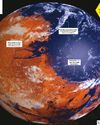
Could people turn Mars into another Earth?
Sven Bilén explores how humans might make a home on another world.
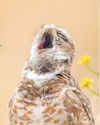
FUNNY BY NATURE
Claire Karwowski tracks down the wackiest wildlife that's cracking up the animal kingdom.
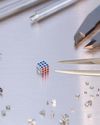
WEIRD SCIENCE
A round-up of the strangest science stories from around the world.

Guardians of the forest
Meet the incredible people protecting the Amazon rainforest.
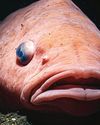
The Mariana Trench
Dive in to find out how far down the ocean goes and what it's really like at the bottom.

Megan McCubbin
Meet the zoologist trying to change people's views of animals with a bad rep.
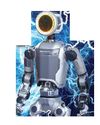
MAX POWER
From the second you wake up in the morning, your way of life is made possible thanks to the amazing power of electricity.

Your heart has a "brain"
New research by scientists at Sweden, and Columbia University, in the US, suggests that your heart could have its own \"mini brain\".
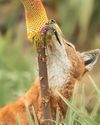
Ethiopian wolves could be furry pollinators
Sweet-toothed Ethiopian wolves have been seen lapping up nectar have been seen happing up nectar from red hot poker flowers.